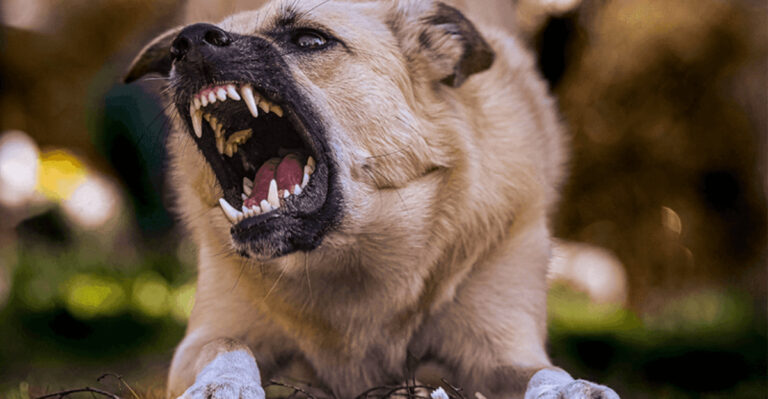15 Common Dog Issues (And How To Fix Them)

Did you know dogs can hear frequencies as high as 65,000 Hz? That’s way beyond what a human can perceive!
But despite their super senses, our furry friends often face challenges that can boggle their minds and ours. Whether it’s an unexplained barking session or a shoe-chewing spree, dogs keep us on our toes.
1. Barking Excessively

Barking can be a melody or a migraine. Dogs bark to communicate, but excessive barking can signal boredom or anxiety. Consider engaging your pup with toys or training exercises.
A tired dog is a quiet dog. And remember, patience is key. Teach them the “quiet” command with love.
2. Chewing Everything

Is your shoe collection shrinking? Puppies often chew to explore the world or alleviate teething discomfort. Swap out your footwear for a sturdy chew toy.
Try rotating toys to keep them interested. A tired pup is less likely to gnaw on your favorite sneakers.
3. Pulling On Leash
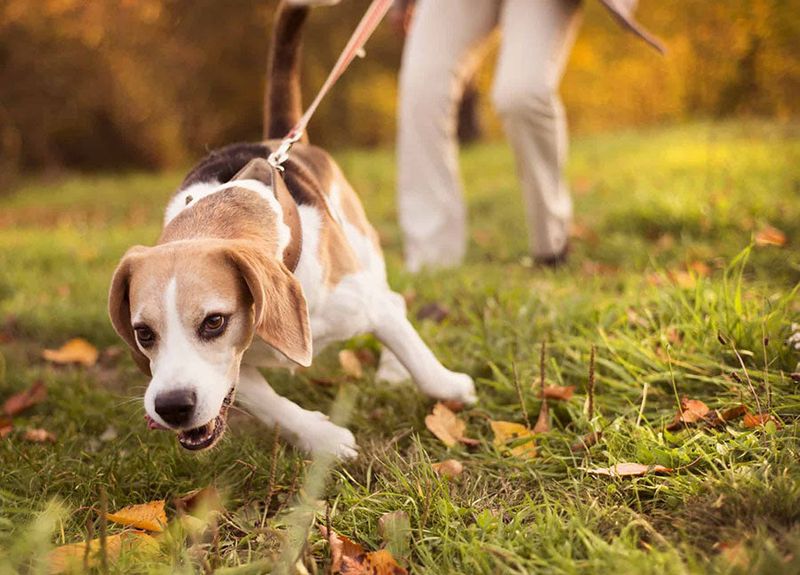
Leash pulling turns walks into a tug-of-war. Dogs pull because they’re excited to explore. Practice makes perfect here.
Use a harness and reward your dog when they walk beside you. Gradually, they’ll become your perfect walking companion.
4. Separation Anxiety
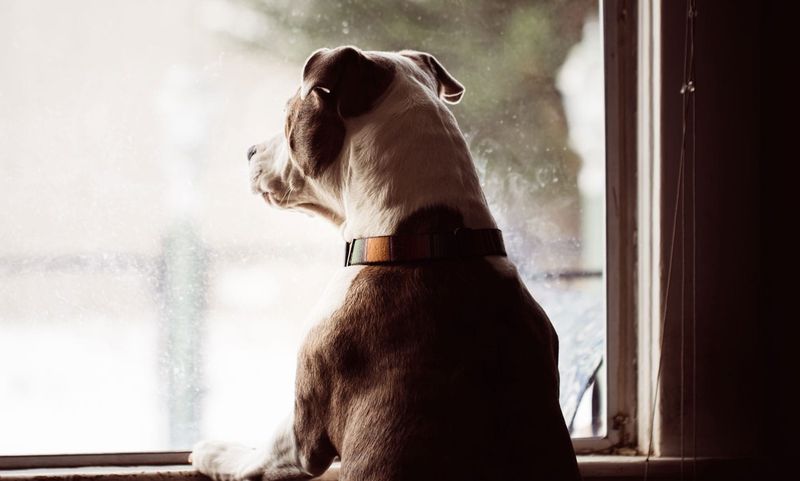
Those puppy eyes can break hearts. Dogs experience separation anxiety when left alone. Gradually increase their alone time.
Leave them with a comforting blanket or a puzzle toy. Over time, they’ll grow more independent and secure.
5. Aggression Toward Other Dogs
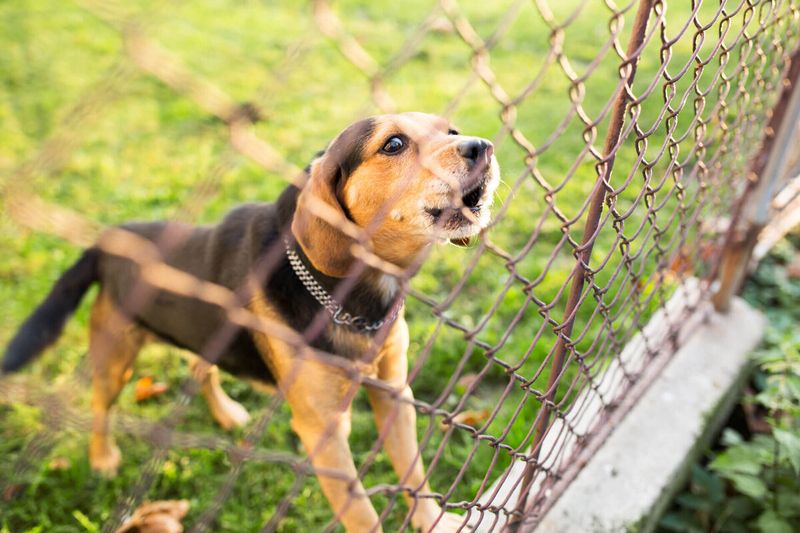
Clashing canines can be a challenge. Aggression might stem from fear or poor socialization. Spend time introducing your dog to others in controlled settings.
Professional trainers can offer guidance and strategies to calm the storm.
6. Digging Holes
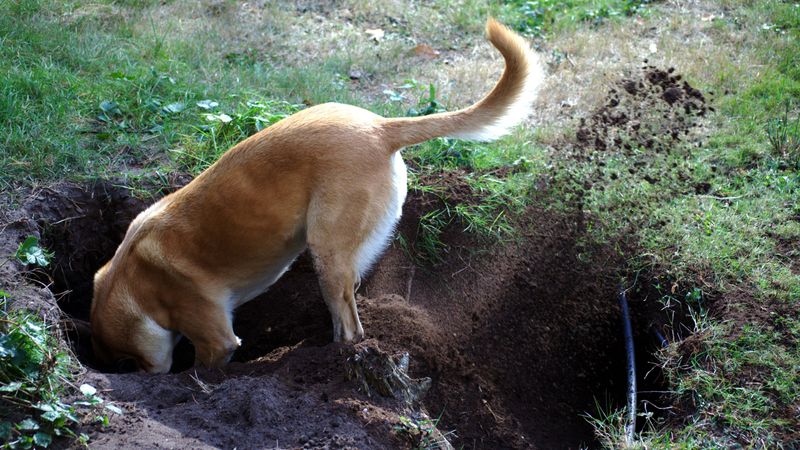
Is your garden beginning to resemble a battlefield? Dogs dig to cool off, hunt, or out of boredom. Create a designated digging zone with soft soil and reward them for using it.
Redirect their focus when they start excavating elsewhere.
7. Jumping On People
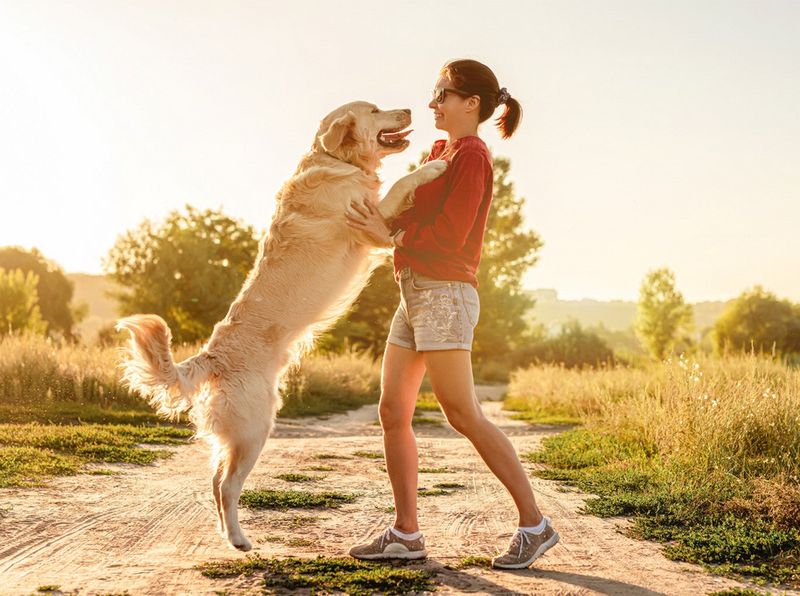
Hop, hop hooray! Dogs jump to greet or seek attention. Teach them to sit instead of leap by rewarding calm behavior.
A simple “sit” can transform their welcome from bouncy to polite.
8. Fear Of Loud Noises

Boom! Thunderstorms and fireworks can terrify dogs. Create a cozy safe space away from windows and noise.
Playing soft music or using a calming wrap can help soothe their nerves. Over time, loud noises may become less intimidating.
9. Begging For Food
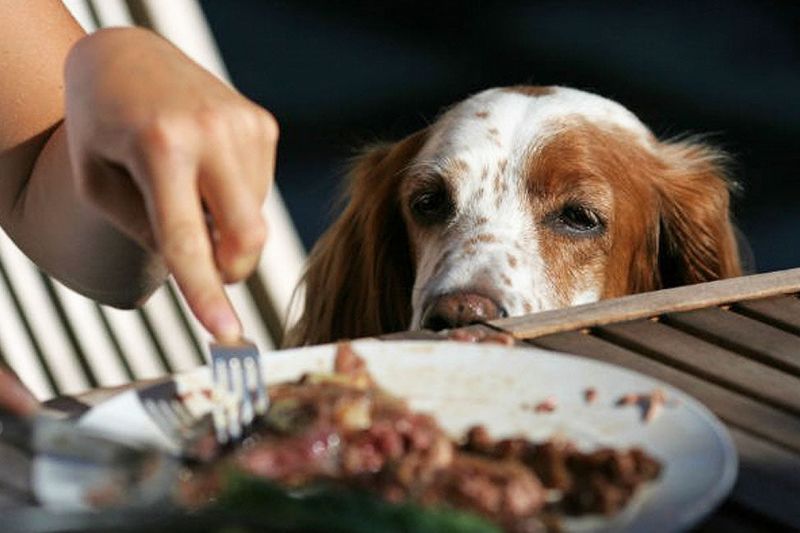
Puppy dog eyes at the dinner table. Begging is tempting for dogs but can be curbed. Feed them before your meals and ignore their pleading gazes.
Consistency is crucial. They’ll learn that mealtime is your time.
10. Shedding Excessively
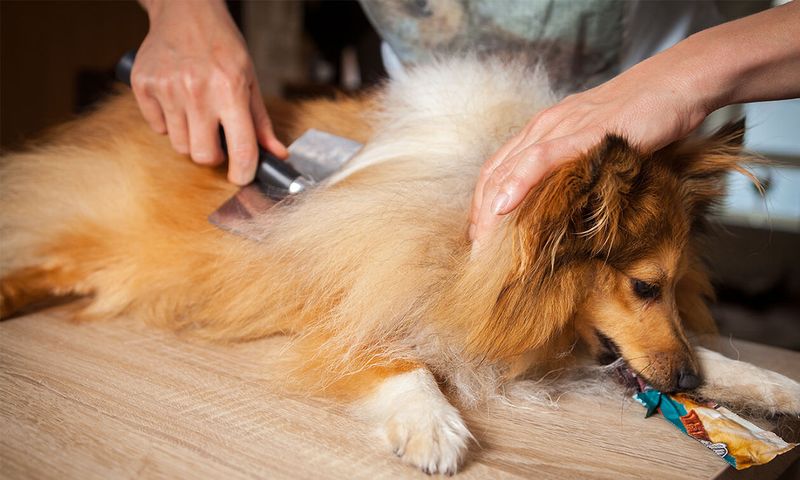
Fur, fur everywhere! Shedding is natural, but excessive shedding can be managed. Regular grooming with the right tools helps.
A balanced diet also promotes healthy skin and coat. Soon, you’ll find fewer fur tumbleweeds around the house.
11. Running Away
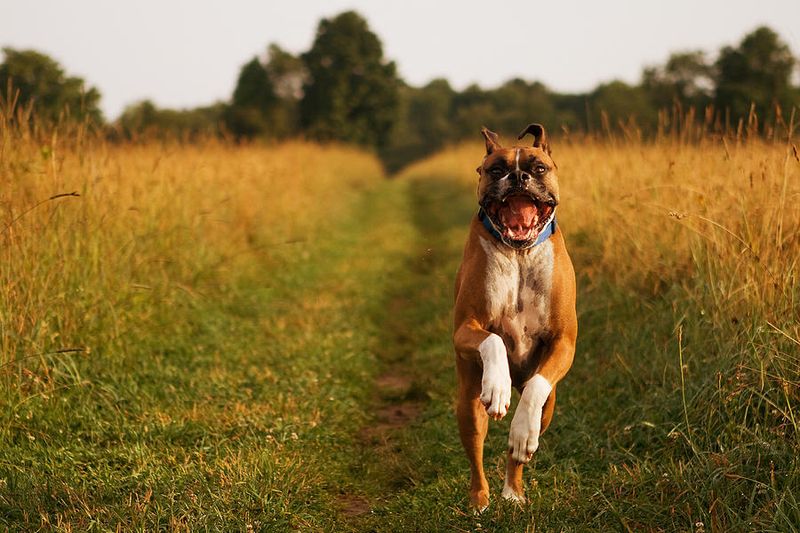
Some dogs have a wanderlust spirit! They run for adventure or escape. Ensure your yard is secure to prevent escapes.
Teach recall commands and use a GPS tracker for peace of mind. Adventures should be shared, not solo!
12. House Soiling
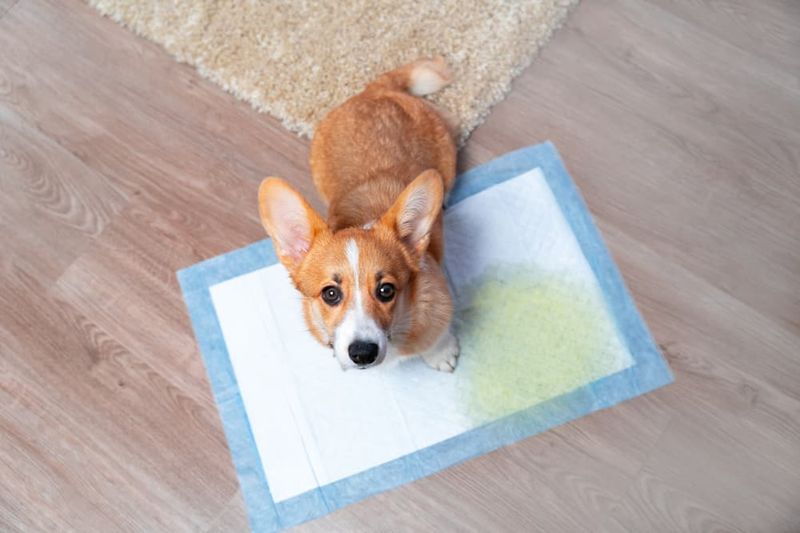
Uh-oh! Accidents happen, but consistent training helps. Dogs may soil indoors due to medical issues or training lapses. Frequent bathroom breaks and positive reinforcement work wonders.
If it persists, consult a vet to rule out health problems.
13. Chewing On Furniture

Not the new couch! Dogs chew furniture out of boredom or anxiety. Provide plenty of chew toys and keep them entertained.
Use deterrent sprays on furniture legs to discourage chewing. Your furniture will thank you!
14. Obsessive Licking
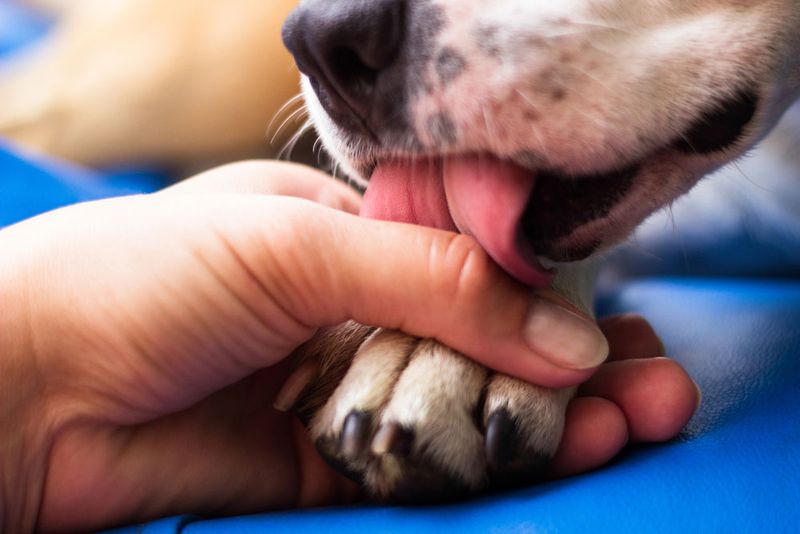
Lickety-split! Dogs lick themselves for grooming or comfort. Excessive licking might indicate allergies or anxiety. Check for skin irritations and consult a vet if needed.
Redirect their focus with play or training to break the habit.
15. Picky Eating

Fussy eater alert! Some dogs are picky about their meals. Experiment with different types of kibble or add tasty toppers to entice them.
Maintain a regular feeding schedule and limit treats. Over time, they’ll find their appetite.

